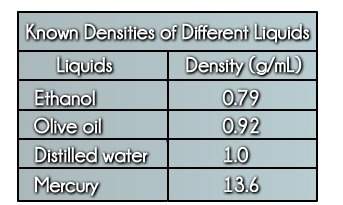
Physics, 15.04.2020 21:47 noobieplayerxd
The parallel axis theorem provides a useful way to calculate the moment of inertia I about an arbitrary axis. The theorem states that I = Icm + Mh2, where Icm is the moment of inertia of the object relative to an axis that passes through the center of mass and is parallel to the axis of interest, M is the total mass of the object, and h is the perpendicular distance between the two axes. Use this theorem and information to determine the moment of inertia (kg·m2) of a solid cylinder of mass M = 1.20 kg and radius R = 2.00 m relative to an axis that lies on the surface of the cylinder and is perpendicular to the circular ends.

Answers: 2
Another question on Physics

Physics, 22.06.2019 06:30
Which of these statements is true? a. quarks pair with leptons to form protons and neutrons. b. quarks pair with bosons to form photons. c. quarks pair with photons to form protons and neutrons. d. quarks pair with other quarks to form protons and neutrons. e. quarks pair with electrons to form protons.
Answers: 1


Physics, 23.06.2019 03:50
For most stars, what does a higher temperature tend to to with? a lower luminosity a higher luminositya red color none of the above
Answers: 1

Physics, 23.06.2019 04:31
You have 80 g of 60oc water and 80 g or 10oc water. what is the final temperature when the two are mixed? explain.
Answers: 2
You know the right answer?
The parallel axis theorem provides a useful way to calculate the moment of inertia I about an arbitr...
Questions


Mathematics, 08.05.2021 16:30

Advanced Placement (AP), 08.05.2021 16:30





English, 08.05.2021 16:30

Mathematics, 08.05.2021 16:30

Biology, 08.05.2021 16:30


Mathematics, 08.05.2021 16:30



Arts, 08.05.2021 16:30



English, 08.05.2021 16:30






